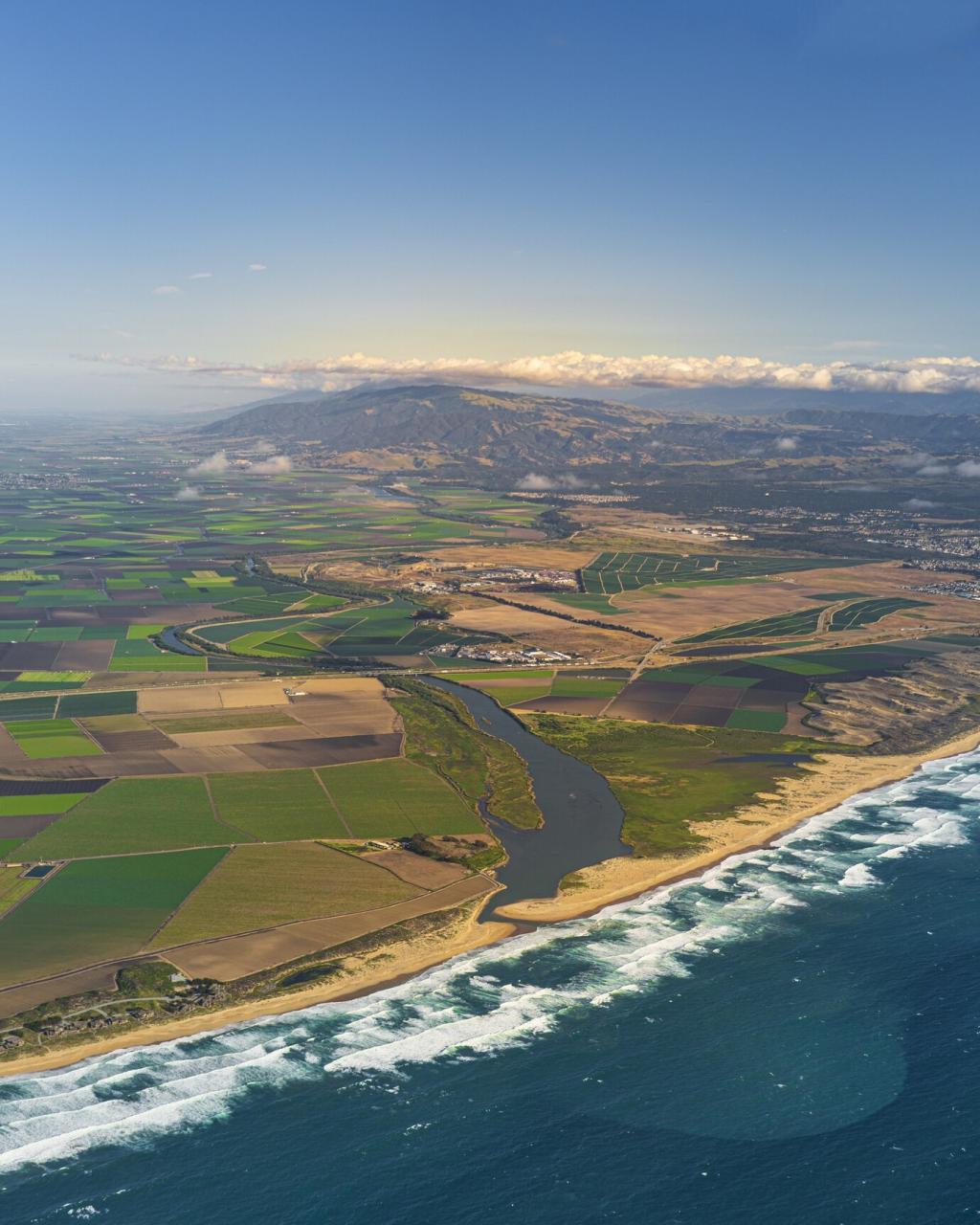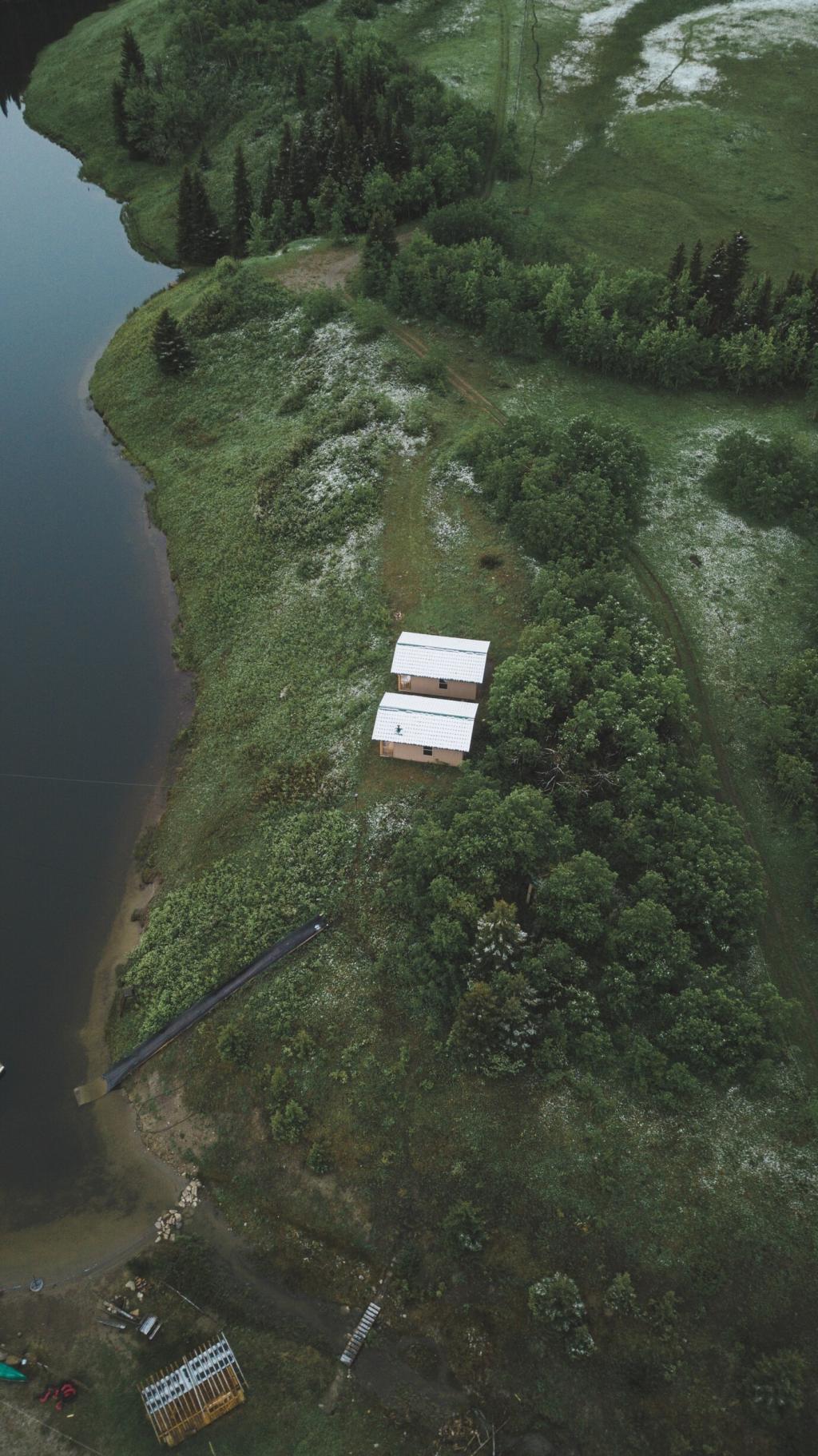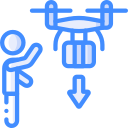
Sky Guardians: Drone Applications in Protecting Endangered Species
Chosen theme: Drone Applications in Protecting Endangered Species. From silent pre‑dawn flights to heat‑signature tracking at night, drones are becoming compassionate tools for safeguarding threatened wildlife and the habitats they depend on. Join our community, share your questions, and subscribe for field notes that turn curiosity into conservation action.

This is the heading
Lorem ipsum dolor sit amet, consectetur adipiscing elit. Ut elit tellus, luctus nec ullamcorper mattis, pulvinar dapibus leo.

This is the heading
Lorem ipsum dolor sit amet, consectetur adipiscing elit. Ut elit tellus, luctus nec ullamcorper mattis, pulvinar dapibus leo.
Anti‑Poaching Operations and Rapid Response
Night operations use wide‑angle thermal payloads to detect human heat signatures far from patrol roads. Operators cross‑check with known ranger positions to avoid false alarms. When patterns resemble ambush corridors, alerts guide foot teams toward safer approaches and away from predictable routes.
Habitat Mapping and Restoration Guidance
Multispectral vegetation health indices
Near‑infrared and red‑edge bands power indices that highlight drought stress or invasive spread. Conservationists can see problems before leaves look sick to the eye. Subscribe for a cheat sheet translating colorized maps into habitat actions that actually benefit species under pressure.
Post‑fire and cyclone recovery
Following catastrophe, drones trace regrowth, fallen snags, and fresh water paths that wildlife may follow. Comparing monthly mosaics shows where volunteers should plant or fence. Share your restoration timeline, and we will suggest a data cadence that balances cost and scientific rigor.
Wildlife corridor planning
Low‑altitude orthomosaics help identify fencelines, roads, and narrow choke points that block migrations. When agencies visualize pinch points, negotiations for easements move faster. Tell us about a corridor you hope to open, and we will detail a community‑friendly mapping approach.
Annotating real field clips creates robust detectors, but consent and privacy matter. We remove faces, protect sacred sites, and prioritize non‑disturbing vantage points. Engage with our guidelines and propose improvements, so algorithms serve communities as respectfully as they serve wildlife.

Ethics, Permits, and Animal Welfare
Permits and protected airspace
Many reserves require permits, coordination with managers, and clear research aims. Sensitive colonies may be entirely off‑limits during breeding. Ask us for our pre‑flight compliance checklist, curated with park authorities, so your conservation mission never jeopardizes the species you defend.
Welfare‑first flight envelopes
Maintain heights and lateral offsets that avoid flushing animals, especially during feeding or rearing. Limit hover time and avoid chasing. Share your species‑specific envelopes, and we will compile a community guide that puts welfare first and keeps data defensible under scrutiny.
Community consent and data sovereignty
Indigenous and local communities hold rights to places and knowledge. Before mapping, discuss intentions, storage, and benefits. Subscribe to learn how partners co‑design missions, ensuring that endangered species projects strengthen trust instead of extracting information without permission.
Stories From the Field
A ranger team in a semi‑arid conservancy used a thermal quadcopter to scan waterholes before moonrise. Two suspicious heat sources split, revealing a hyena and a stray livestock herder. The team avoided confrontation, documented access points, and adjusted fence repairs before dawn.

Stories From the Field
Following heavy winds, a fixed‑wing mapped canopy gaps across a peat swamp. Volunteers annotated nests, distinguishing old from new by leaf color and structure. The tally informed a targeted replanting effort, and readers who joined our annotation sprint earned training certificates.
Join the Mission: Practical Ways to Help
Help label animals, tracks, or snares in short community sessions that double as training. We provide tutorials, quality checks, and feedback. Sign up for our next sprint, invite friends, and tell us which endangered species you are most motivated to protect.

